material under raised beds
coeng
12 years ago
Featured Answer
Sort by:Oldest
Comments (9)
jolj
12 years agoRelated Professionals
Ballwin Landscape Architects & Landscape Designers · Willowick Landscape Architects & Landscape Designers · Bethlehem Landscape Contractors · Goodlettsville Landscape Contractors · Oxnard Landscape Contractors · San Antonio Landscape Contractors · Wareham Landscape Contractors · Westchester Landscape Contractors · Reisterstown Landscape Contractors · Winter Gardens Landscape Contractors · Fort Myers Decks, Patios & Outdoor Enclosures · Grain Valley Decks, Patios & Outdoor Enclosures · Northbrook Decks, Patios & Outdoor Enclosures · Pittsburgh Decks, Patios & Outdoor Enclosures · South Milwaukee Decks, Patios & Outdoor EnclosuresKimmsr
12 years agogardenlen
12 years agocoeng
12 years agoart_1
12 years agonancyjane_gardener
12 years agomustard_seeds
12 years agocoeng
12 years ago
Related Stories

GARDENING GUIDES8 Materials for Raised Garden Beds
Get the dirt on classic and new options for raised vegetable and plant beds, to get the most from your year-round garden
Full Story
GARDENING AND LANDSCAPINGBuild a Raised Bed to Elevate Your Garden
A bounty of homegrown vegetables is easier than you think with a DIY raised garden bed to house just the right mix of soils
Full Story
FARM YOUR YARDHow to Build a Raised Bed for Your Veggies and Plants
Whether you’re farming your parking strip or beautifying your backyard, a planting box you make yourself can come in mighty handy
Full Story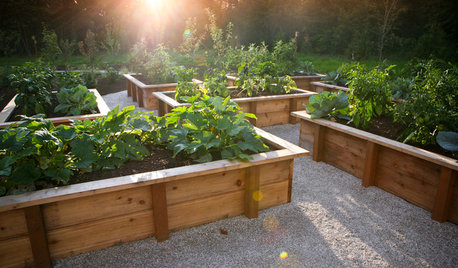
GARDENING AND LANDSCAPINGRaised Beds Lift Any Garden
From good old-fashioned wood garden boxes to modern metal troughs, raised beds can make any landscape space look great
Full Story
HOUZZ TOURSHouzz Tour: Rammed Earth and Vineyard Views Stun Down Under
Tightly edited colors and materials let nature shine, while solar panels and a passive orientation help this home tread lightly on the earth
Full Story
SPRING GARDENINGInspiring Raised Beds for Fall and Spring Planting
Make Your Next Vegetable Garden Even Better with Beautiful Boxes and Paths
Full Story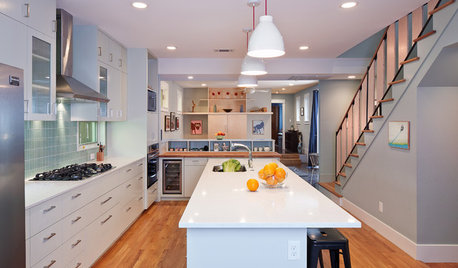
HOUZZ TOURSHouzz Tour: A Radical Reconstruction Raises an Austin Home
With a new second floor and some room swapping downstairs, this 1935 Texas bungalow now fits an architect and his family beautifully
Full Story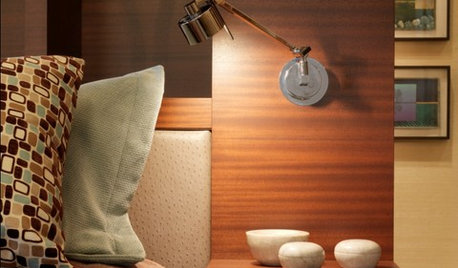
LIFEReading in Bed Comes Out From Under the Covers
No more sneaking a flashlight beneath the sheets. Grown-up bedtime reading deserves grown-up lighting and other bedside amenities
Full Story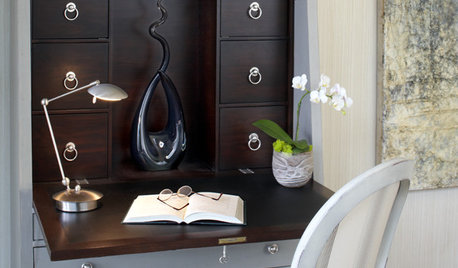
FURNITUREObjects of Desire: File These Secretary Desks Under ‘Gorgeous’
Space saving and ever functional, these fold-up desks are raising the bar for home offices and work nooks everywhere
Full Story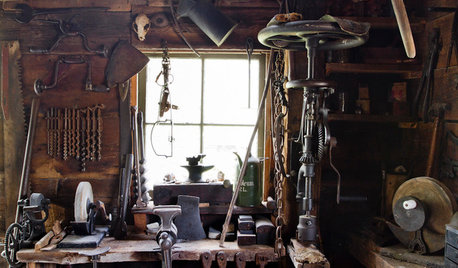
MATERIALSAre You a Maker? Show Us Your Favorite Tool or Material
Houzz Call: A tool or material can be a maker’s best friend. We’d like to see your favorite — and what it helps you achieve
Full Story






toxcrusadr